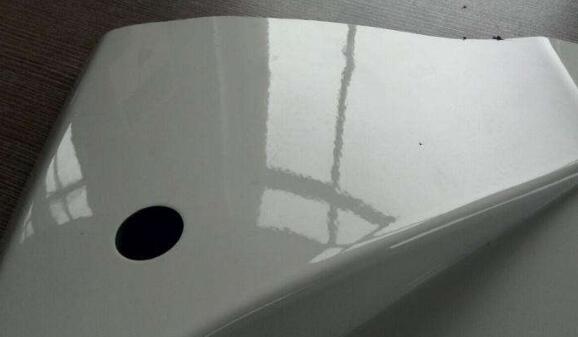What is ultrasonic plastic welding? Many people are not particularly clear. Let's take a look at it.
Ultrasonic plastic welding is the joining or reforming of thermoplastics by using heat generated by high frequency mechanical motion. This is achieved by converting high frequency electrical energy into high frequency mechanical motion. This mechanical movement and the applied force create frictional heat on the mating surface (joining area) of the plastic part, so the plastic material will melt and form molecular bonds between the parts. The figure below illustrates the basic principles of ultrasonic welding.

The basic principle of ultrasonic welding
Step 1 - Parts in the fixture
The two thermoplastic components to be assembled are placed one in a support nest called a fixture, one above the other.
Step 2 - Horn contact
A titanium or aluminum component called a horn is in contact with the upper plastic portion.
Step 3 - Apply pressure
Controlled pressure is applied to the components and clamped to the fixture.
Step 4 - Welding time
At a distance measured in thousandths of an inch (micrometer), the horn vibrates at a frequency of 20,000 (20 kHz) or 40,000 (40 kHz) per second for a predetermined time called welding time. With careful component design, this vibrational mechanical energy points to a finite contact point between the two parts.
Mechanical vibration is transmitted through the thermoplastic material to the joint interface to generate frictional heat. When the temperature at the joint interface reaches the melting point, the plastic melts and flows, and the vibration stops. This allows the molten plastic to begin to cool.
Step 5 - Hold time
The clamping force is maintained for a predetermined amount of time to melt the component as the molten plastic cools and solidifies. This is called retention time. (Note: Joint strength and tightness can be improved by applying a large force during the holding time, which is achieved by double pressure.)
Step 6 - Retract the horn
Once the molten plastic has solidified, the clamping force is removed and the horn is retracted. The two plastic parts are now joined together and removed as part of the fixture.
Plastic components are a fast, clean, efficient, and repeatable process that consumes very little energy. No solvents, adhesives, mechanical fasteners or other consumables are required, and the finished components are strong and clean.







 Mobile web site
Mobile web site